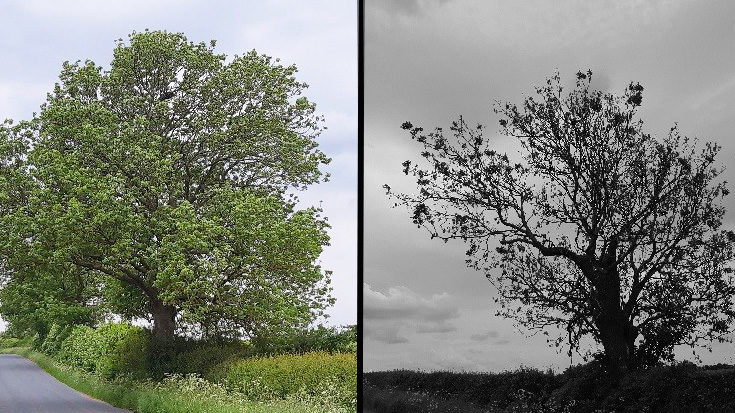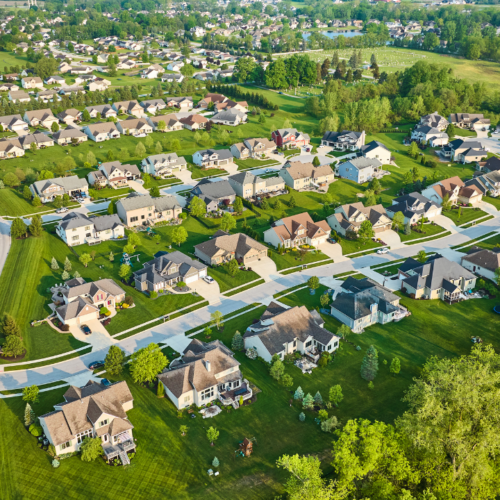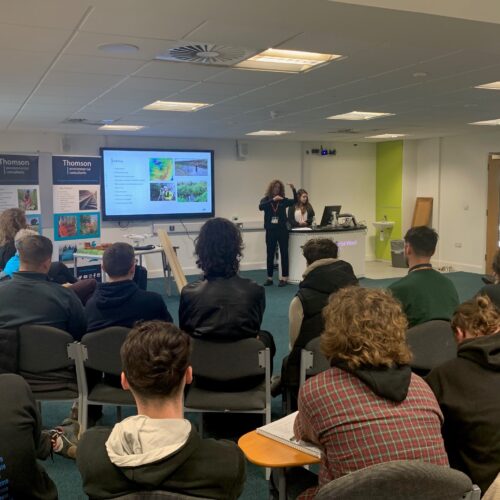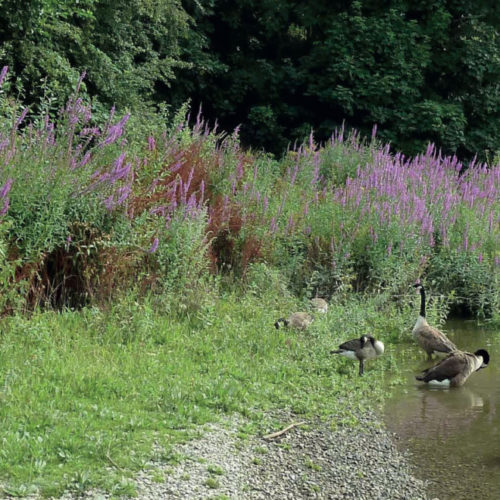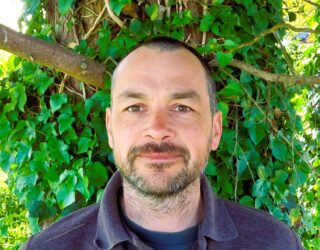Ash dieback is caused by a fungus (Hymenoscyphus fraxineus) which spread rapidly throughout Europe in the 1990s having arrived from Asia. According to The Tree Council publication ‘Ash Dieback: an Action Plan Toolkit’ (February 2019), the first recorded case of the disease in the UK was in 2012 at a nursery in Buckinghamshire and by May 2018 the disease had been evidenced in nearly two thirds of England’s 10km Ordnance Survey squares. But what are the numbers behind this epidemic and what are the tell-tale signs to look out for? Thomson Arboriculture expert, Neil Francis, explains.
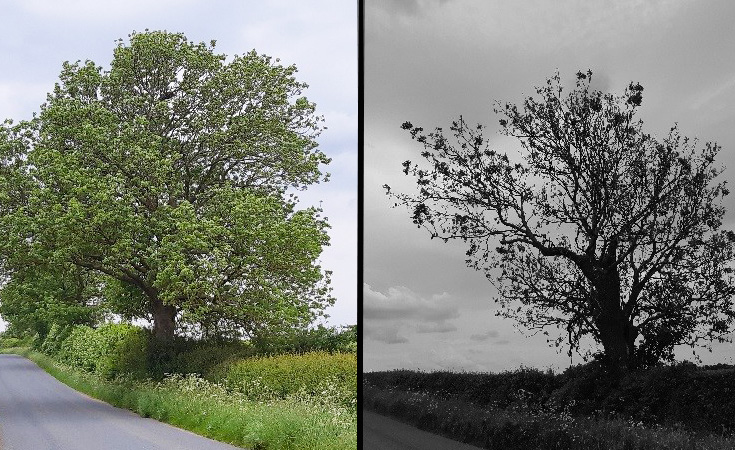
The numbers
There are an estimated two billion ash trees, including seedlings and saplings, across the UK and Ash dieback will lead to the decline and death of the majority of these, with perhaps as many as 90% being infected. Four million of those trees are located within the urban environment, a further four million are adjacent to highways and nearly half a million large ash trees are growing next to the rail network. Over 125 million trees are growing in woodland areas.
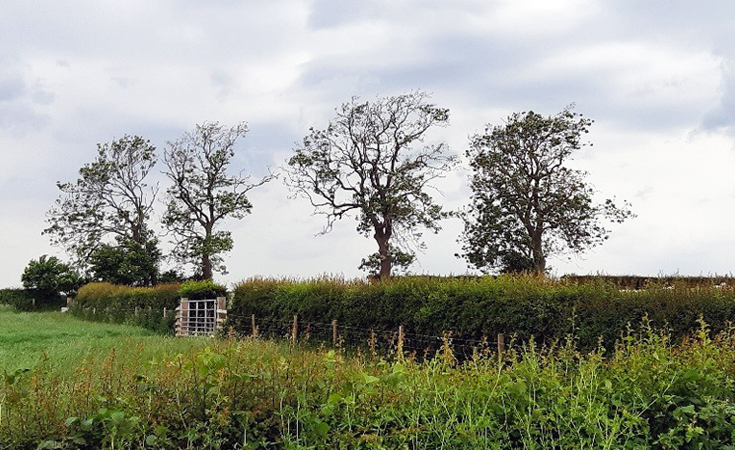
Ash trees of all ages are affected by the disease, although it is easier to identify in young trees. Larger, mature trees, by their very size, present a much more dangerous situation and should therefore be surveyed by experienced and qualified tree experts so that any risk can be appropriately assessed, and suitable management recommendations prescribed.
The symptoms of Ash dieback
In summary, infected trees exhibit several symptoms including
- The tips of shoots become black and shrivelled and side shoots on saplings die.
- Dead, blackened leaves can be seen, and veins and stalks of leaves turn brown.
- Dieback of branches, often with bushy, epicormic growth lower down in the crown is noticeable in mature trees.
- Long, thin and diamond-shaped dark lesions appear on the trunk close to dead side shoots and may appear at the base of infected trees.
- In late summer and early autumn (July to October), small white fruiting bodies can be found on blackened leaf stalks.
As the fungus destroys the trees’ vascular system, the lack of water and nutrient movement depletes energy reserves in the trees and makes them more susceptible to attack from secondary, root killing pathogens such as honey fungus (Armillaria spp.) which are widespread and common in soils. These cause the tree to become brittle and lose branches, eventually causing the death of the tree.
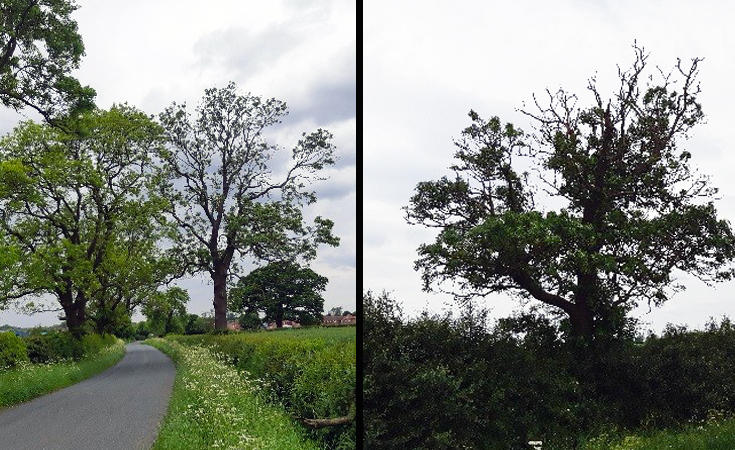
Harder to spot, lesions at the base of the trees quickly develop into a butt or root rot and ultimately lead to the trees becoming unstable and dangerous. Worryingly, there may be no evidence of Ash dieback in the canopy of these trees making them difficult to identify without a closer inspection by qualified surveyors.
The economics
Non-action and a passive acceptance of Ash dieback will not work. A recent, published study (Cell Biology, May 06, 2019 – Volume 29 Issue 9) considered the economic impact these losses may have on the UK arriving at a figure of £15 billion. This included the economic value of the timber, the cost of felling infected trees and the added value the trees provide as ecosystem resources. Replanting with new trees will also be an important consideration for many land owners and tree managers as they look to mitigate the economic impacts.
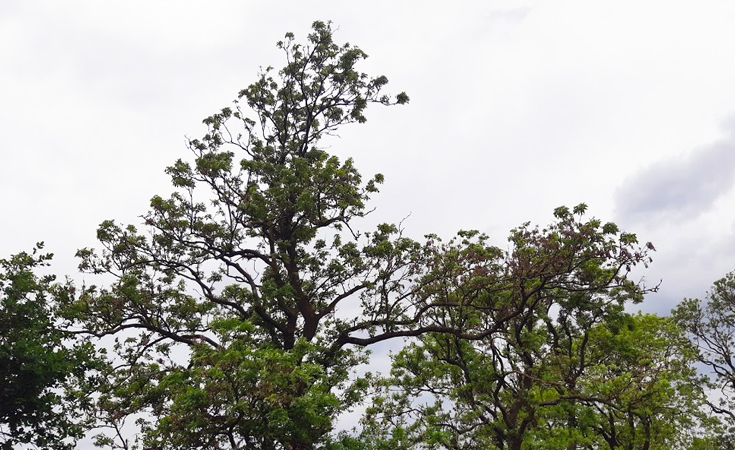
How Thomson can help with Ash dieback
Infected trees can pose a risk to public safety in areas such as parks, woodlands, cemeteries, schools, hospitals, leisure centres and car parks. Careful monitoring and some felling or pruning of dead or dying trees is advisable so that the risk to public safety is suitably managed.
Ash is the third commonest tree in the UK and if you are a land owner with ash trees present, the likelihood is that your trees will be affected.
Using GPS enabled Panasonic Toughpads and our own in-house Thomson Interactive Mapping (TIM), Thomson can accurately map your trees and record tree data specific to your requirements. This is made available via your own unique Thomson Interactive Mapping (TIM) website which is updated in real time during surveys.
Photos can be linked to each data point and individual management plans for the trees uploaded once appropriate actions have been decided and agreed. Proactive management of trees and their risks is much more cost effective than reactive management.
Allow our tree experts to guide you forward
We have qualified and experienced tree surveyors who can readily identify ash dieback in your trees and make the necessary management recommendations.
Where you have land with trees to manage, especially where they are positioned in high risk, public areas, our specialist tree teams are available to offer their guidance on all arboriculture management matters.
Whether you are looking for tree survey and consultancy services, a team of tree surgeons to undertake tree management works, or are looking at implementing landscaping schemes as part of tree replacement or planning consent, talk to Thomson today.
